Eve Weather is a new HomeKit-only weather station that replaces the outgoing Eve Degree with new features and Thread connectivity. We look at how those changes help justify the cost of the handy device.
The all new Eve Weather
The new Eve Weather looks very familiar if you've seen Eve's current lineup. Its design is the same size as the Eve Degree but matches the Eve Button and Eve Room 2 with its anodized aluminum edges and a black front. It looks modern and sleek and will likely fit with any aesthetic from "urban farmhouse" to "Soho chic."
It runs on a simple CR2450 battery. Thanks to its IP65 rating, it can withstand the elements outdoors, such as rain and snow.
Once properly mounted, Eve Weather can capture temperature, humidity, and barometric pressure and display it all on the front-mounted LCD.
The device works exclusively through HomeKit, so setup is as easy as pressing the activate button on the back and scanning the pairing code located on the bottom. Once in HomeKit, you can assign it a name and a room in your home. The values can be seen in the Home app or queried via Siri.
Placement of the device is crucial, as with any thermometer. If placed outside in direct sun, this will make the measurements inaccurate.
A worthy upgrade?
The screen is now significantly larger than its predecessor and can present more data to the user. The Eve Degree could only display one piece of information at a time, and users had to use the app to alternate it. This wasn't ideal if you just wanted to take a glance to see humidity if the temperature was on-screen.
Eve Weather uses the information collected from the temperature, humidity, and pressure sensors to predict the forecast for your immediate area for the next 12 hours. This is all done locally and doesn't rely on external sources of information.
Finally, this new device will connect over Bluetooth just as the old one. And, it will also connect to Thread — but more on that in a few.
Together, these upgrades present a device that builds on the successes of the prior generation with genuinely useful features. But it still carries a decent price tag, and it isn't your only option in the HomeKit space.
Your other HomeKit options
In the HomeKit space, there are shockingly few weather stations available. The only natural alternative is the Netatmo Smart Home Weather Station which carries a price tag twice that of the Eve Weather.
Netatmo presents a compelling choice by bundling both an indoor and an outdoor sensor into its design. The indoor sensor will measure temperature, humidity, air quality, CO2, and sound. The outdoor sensor measures temperature, humidity, barometric pressure, and air quality and predicts the forecast.
Netatmo is very similar to the Eve Weather and the indoor-focused Eve Room in what information it collects.
Where Netatmo has an edge is the expandability with other sensors that aren't in HomeKit. That includes a rain gauge and wind anemometer. It is a complete package overall but gets very expensive when you invest in the entire package.
Eve has an edge when it comes to design and connectivity, as well as its HomeKit-only support. Eve has been very fast to implement new features to its products as Apple has added them. It is also much smaller and easier to mount — both indoor and out and has a display for glanceable information. There is also Thread support in the Eve Weather, a still-emerging technology that offers better connectivity.
If you want the more encompassing package, Netatmo may be a better call, but if you are building your home piecemeal and prefer the benefits of Eve, the Eve Weather may be the better choice.
Thread is hugely beneficial
Thread is going to be very important for the smart home. We've talked about it extensively on the HomeKit Insider podcast, interviewed executives on its potential, and wrote in-depth about why you should care.
Looking at Eve Weather specifically, it has big implications in usability. Without Thread, Eve Weather (and previously Eve Degree) relied on Bluetooth Low Energy to connect. This wasn't ideal as exterior Bluetooth connections are rare. Your Home Hub — Apple TV or HomePod — wouldn't reach that location. Thread, on the other hand, is quite likely.
With Thread, there are three types of devices — devices that can act as a "router," ones that qualify as a border router, and others that are endpoints.
A border router is something like the HomePod mini, that bridges your Thread network with your home's internet. A standard Thread router can pass information to other Thread devices and expand the Thread mesh network. And a Thread endpoint can connect to your mesh Thread network but cannot expand the mesh further.
Routers are devices that are constantly connected to a power source. For example, the Nanoleaf Essential lightbulb and light strip are Thread routers, as is the new Eve Energy. They are powered by your house's wiring, rather than a battery. Endpoint devices include the latest Eve contact sensors, the Eve Aqua, and the new Eve Weather.
Because of this mesh network, if you have a Nanoleaf Essentials light bulb, a HomePod mini, an Eve Energy, or any other Thread router-enabled device near that side of your house, it will connect much more reliably than Bluetooth.
In our testing, our Nanoleaf bulbs in our basement were able to connect to the Eve Weather on our front porch and provide constant connection whenever we queried HomeKit for the weather. This is a much better solution than Bluetooth and doesn't require an outlet or Wi-Fi connection.
There are good reasons to try a HomeKit weather station
It's easy enough to check any number of weather apps from the App Store, to ask Siri on your HomePod, or mount a simple "dumb" thermometer outside, but none are going to be ideal.
A weather app generally crowd-sources weather stations that probably aren't in your backyard. While the information is generally accurate, it depends on how far you are away from that weather source, and it can be a fair bit of work tracking down which data source is best for you.
Siri only pulls from one weather source, and it certainly isn't what is at your house. That weather also can't easily be used in any home automation. With Eve Weather mounted at your house, you can ask Siri for the weather on the porch, and you'll get a hyper-accurate reading.
A "dumb" thermometer gives you no information other than a singular reading at one point in time.
Through the Eve app, you have easy access to your home's collected data. You can see what the temperature was yesterday or a year ago — well, you will be able to a year from when you put the sensor in. The Eve app shows all collected information graphically and allows you to compare different times.
The reporting is verbose, and you can see individual measurements and the points on a graph. Graphs can be changed from an hourly view to daily, weekly, and monthly as well. A bright blue line marks any time it dips below freezing to make it easy to pinpoint.
HomeKit also unlocks the ability to create automation rules based on temperature or humidity. If the humidity rises to a certain level — indicating rain — maybe you want the garage door to close. Maybe turn your office fan if the outside breaches 80 degrees. Pause your Eve Aqua for the day if the humidity indicates rain. Or using Shortcuts, you can trigger a notification if the temperature drops below freezing.
You could even get crafty and create alert automations that warn you if the current weather metrics predict frost, such as high humidity and low temperature after 7 PM.
The final verdict on Eve Weather
We've used the Eve Degree for a couple of years now and found it a reliable device limited in part by HomeKit and part by its Bluetooth connectivity. We were also annoyed at the small display. If we wanted to look out and see humidity, but the temperature was displayed, we would have to switch it in the app or look at the Home app.
Eve has solved its issues here with the Eve Weather, but HomeKit still lacks in its weather station implementations. It would open more doors to see HomeKit add support for rain and wind alongside barometric pressure, humidity, and temperature.
But Eve isn't responsible for what Apple does or doesn't do. Eve has made the best of what HomeKit offers, including relying on no external servers and putting privacy at the forefront.
Eve Weather is a great-looking device that provides valuable information and the Eve app goes further with graphs, comparisons, forecasts, and more. It's impressive what Eve can do with such a small amount of info.
If you've already bought into HomeKit, or are just starting your smart home, Eve Weather is a great addition.
Pros
- Sleek design
- Caputres current temperature, humidity, and barometric pressure
- Uses local merics to predict 12-hour forecast
- Larger display makes all information glancable
- Stores historic metrics as well as displays them graphically and allows compares
- Thread connectivity
- Battery powered
- Create automations based on weather
- HomeKit only for ultimate security and privacy
- Eve app is fantastic
Cons
- Limited by HomeKit
- Without proper placement, sun can skew metrics
- No rain, air quality, or wind measurements
Rating: 4.5 out of 5
Where to buy
Eve Weather will be available on Amazon soon for $79.
 Andrew O'Hara
Andrew O'Hara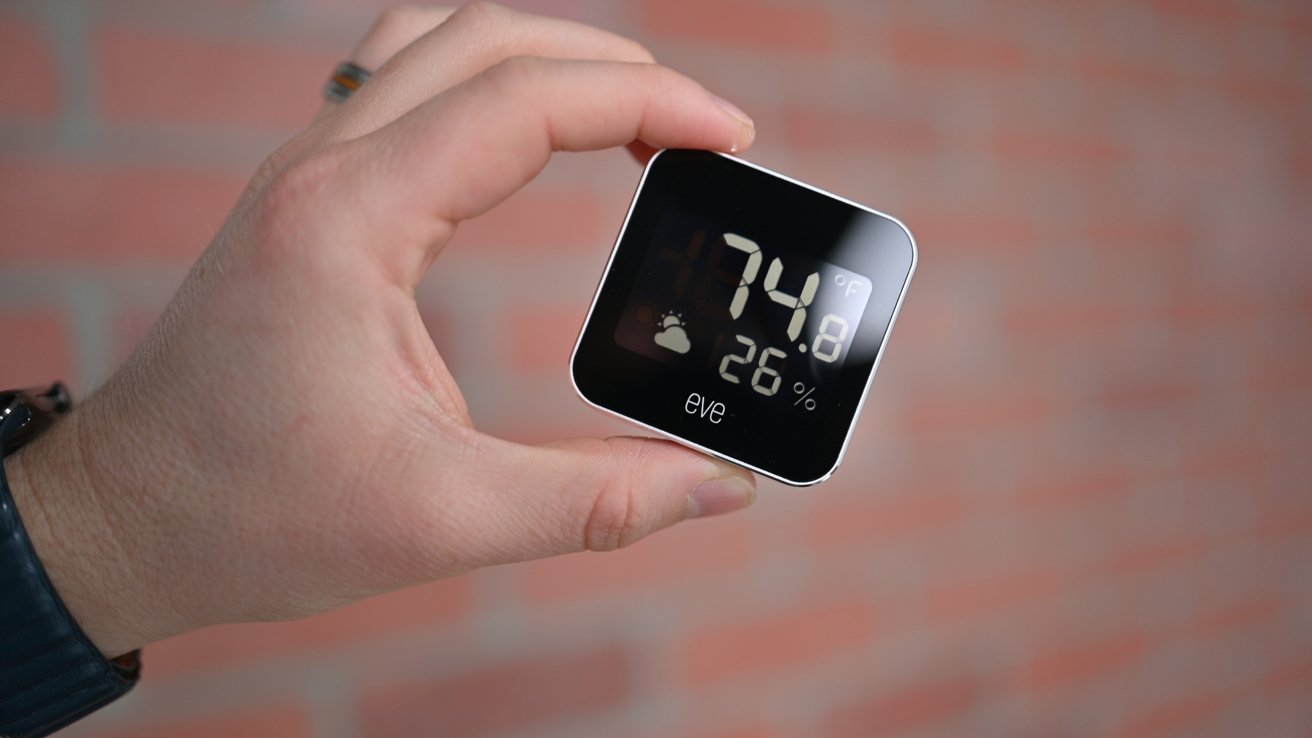
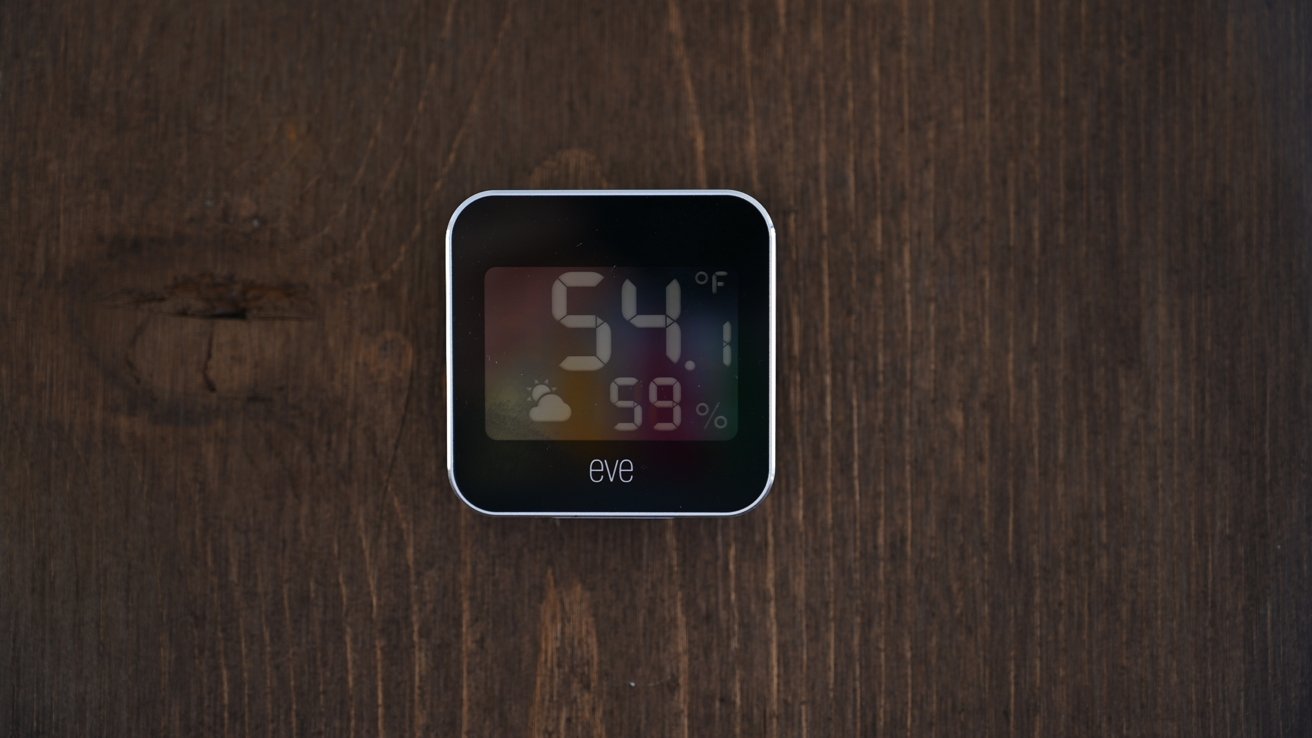

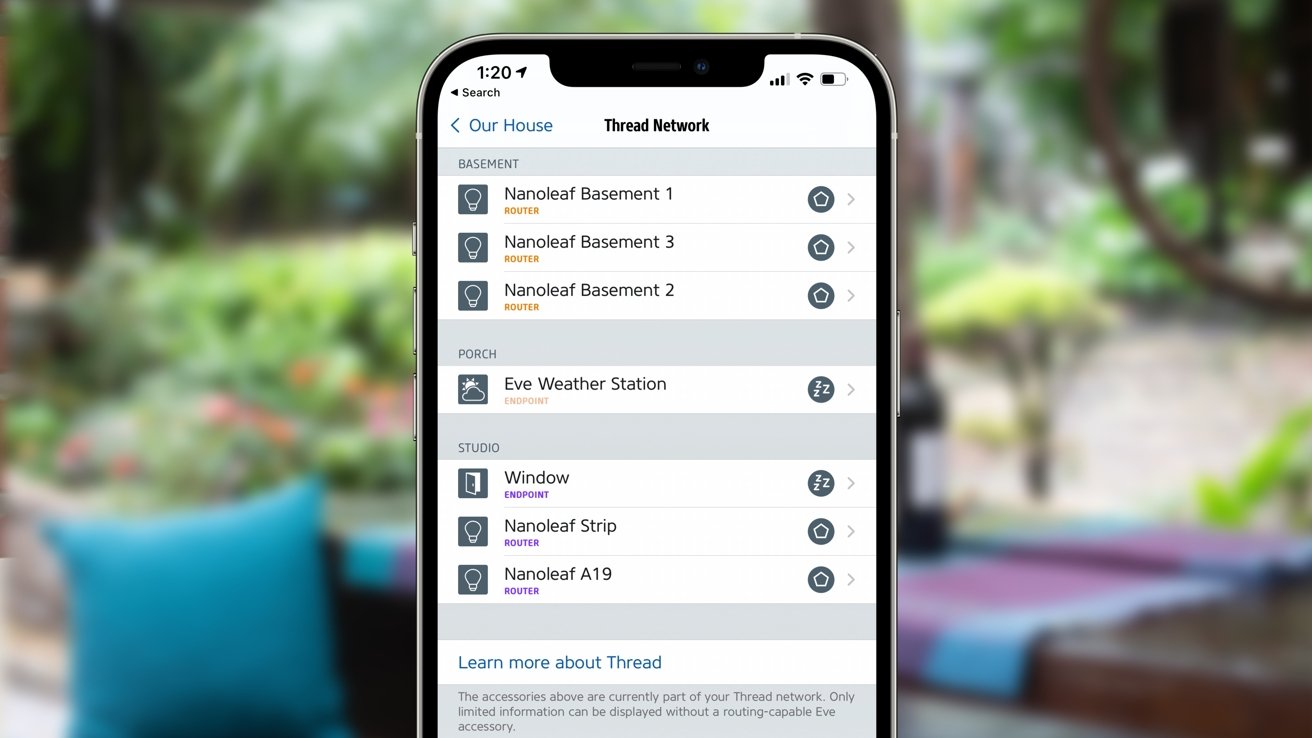
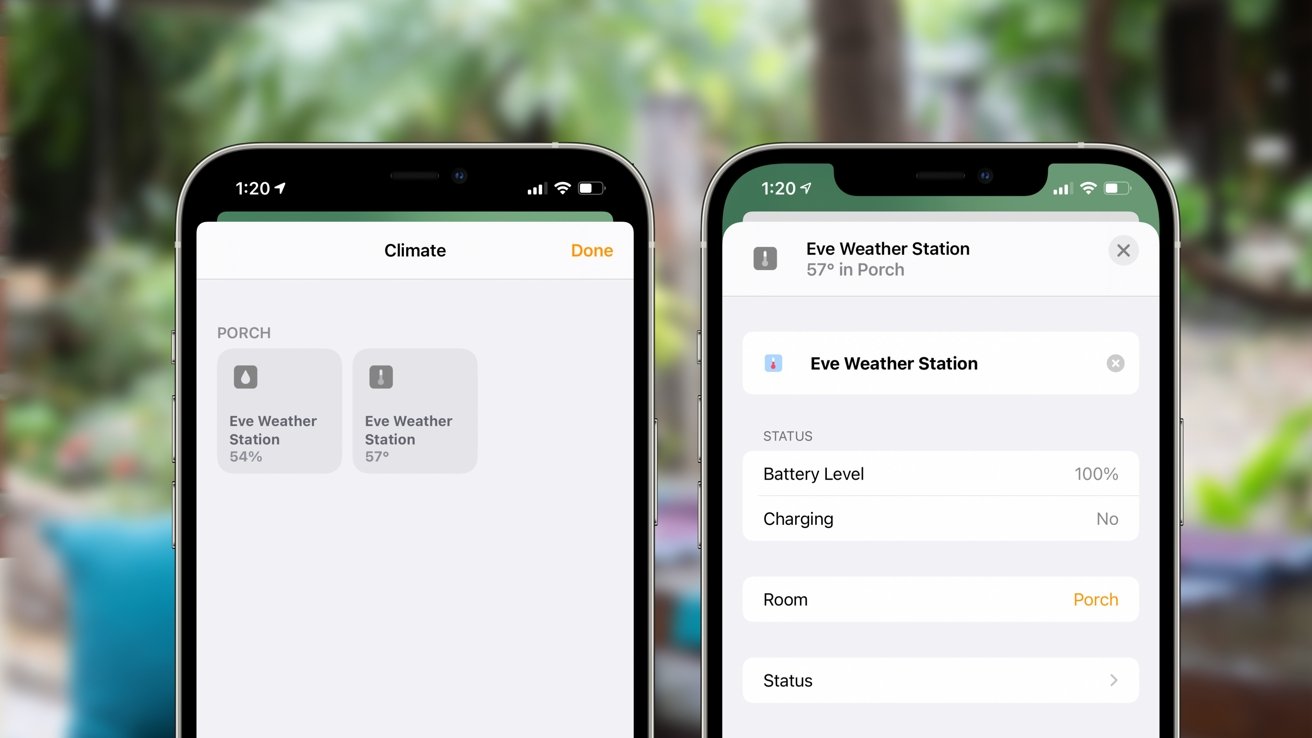
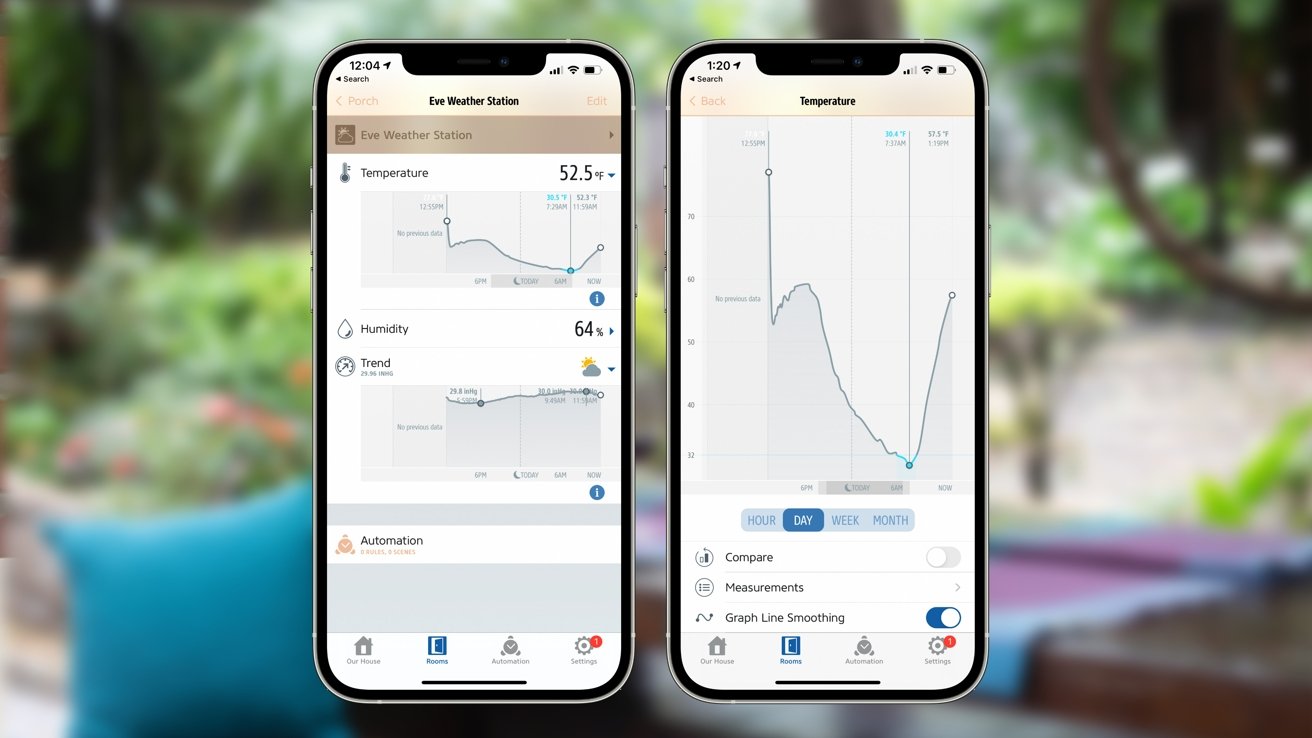
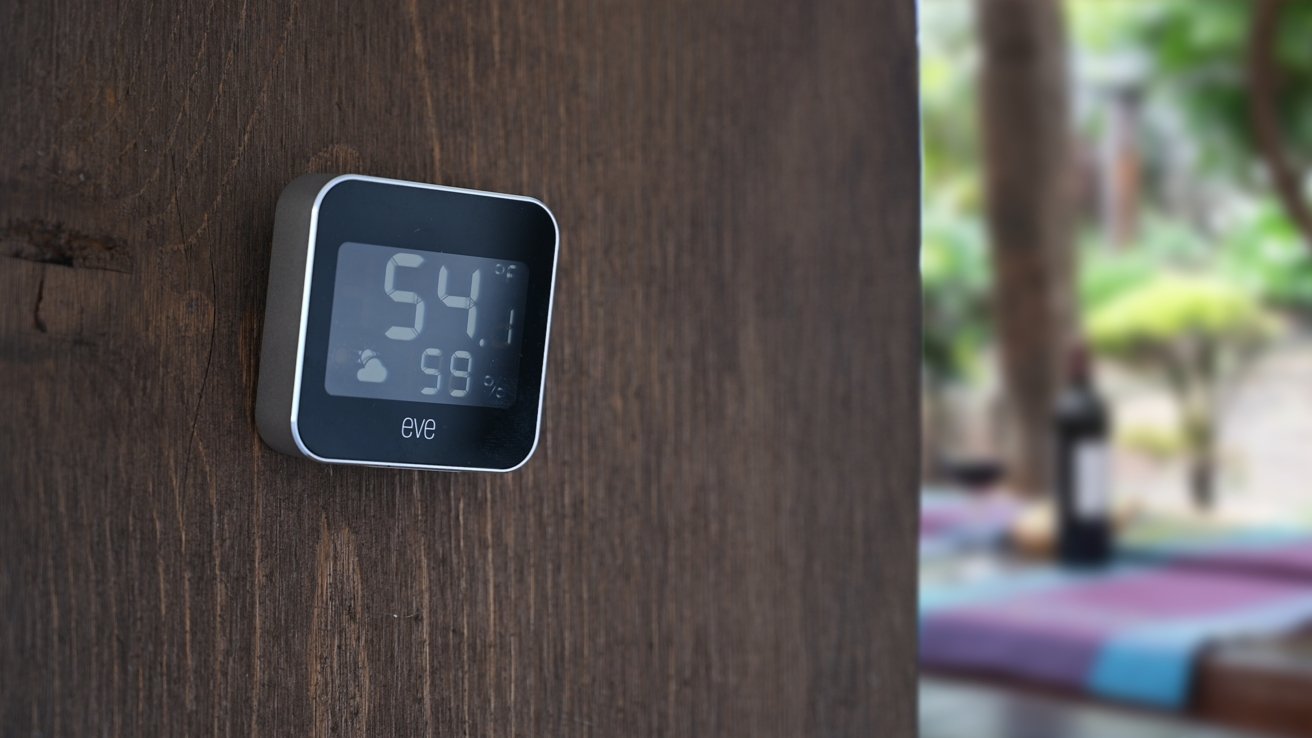



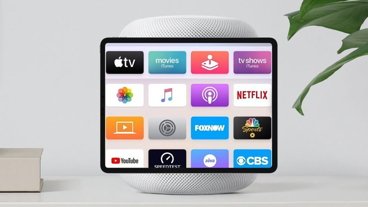
-m.jpg)


-m.jpg)





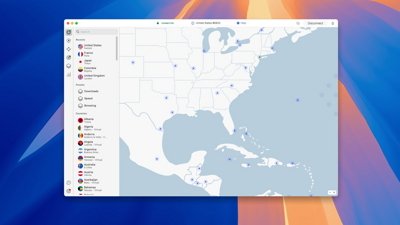
 Malcolm Owen
Malcolm Owen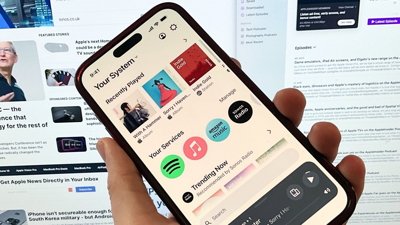
 William Gallagher
William Gallagher
 Amber Neely
Amber Neely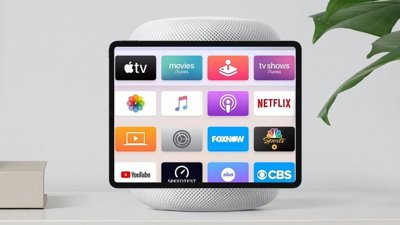
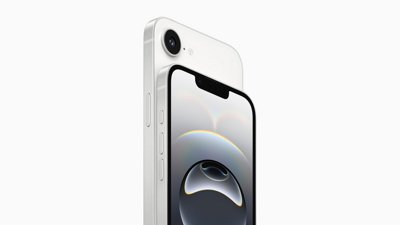
 Andrew Orr
Andrew Orr

 Christine McKee
Christine McKee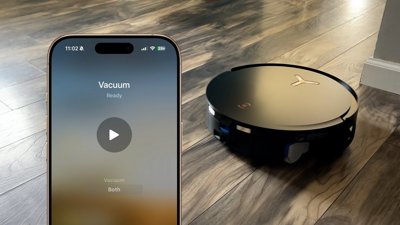







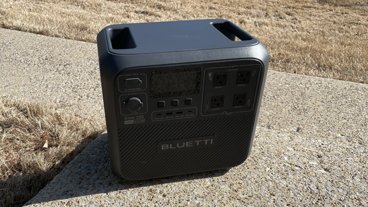

15 Comments
Without the ability to measure rainfall or wind the Eve is a non starter, for me.
A hundred dollar eBay weather station can be set up in your backyard to become one of those weather stations that can upload data to weather underground et al. Which you can then read with one of a range of apps and does everything such as rainfall, UV as well as all the more expensive Eve or Netatmo products. The apps can also as noted give info from neighbours’ stations and you get to see how the microclimate varies with distance. You can also see whose weather station is clearly dodgy, of course.
I am not sure HomeKit functions in this space are that worthwhile given that the wifi range of a basic weather station is more than adequate and the indoor console or your app of choice does everything.
Agree with the first two comments, (but still) for me the reason to buy the Eve Weather would be the possibility to automate tasks in HomeKit based on the outside temperature. Not much options with other brands/devices?
Nice device !